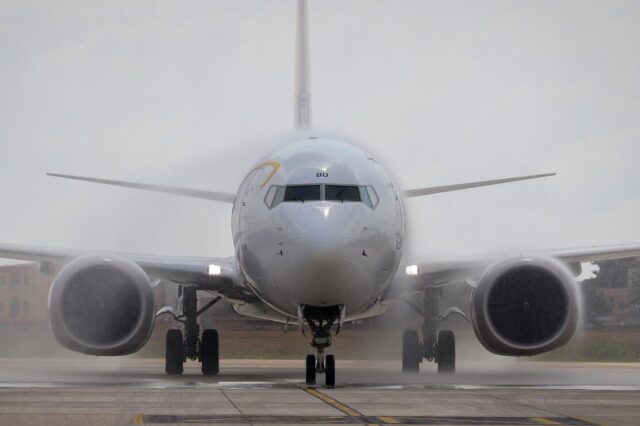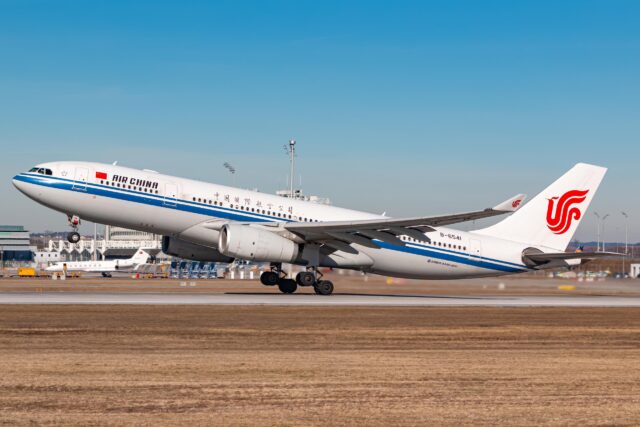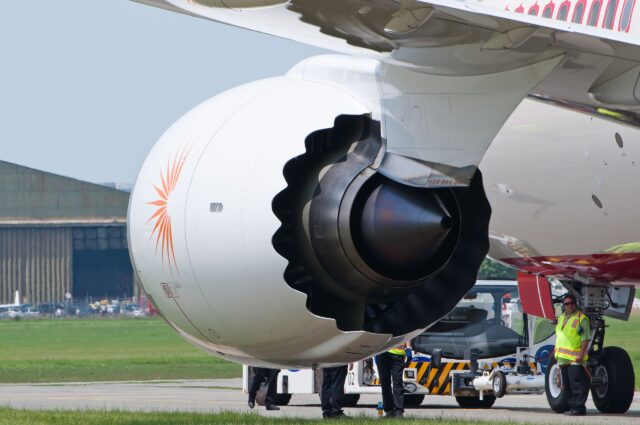Iconic trijet: How many operational MD-11 are left?

November 5, 2025

Three engines, a distinctive tail and a career spanning more than three decades – the McDonnell Douglas MD-11 is still one of aviation’s most recognisable widebody aircraft in service. Though its days flying passengers are long gone, the tri-jet remains a stalwart of the cargo world.
MD-11: Today, a plane for packages, not passengers
As investigators continue to examine the Louisville crash of UPS Airlines flight 2976 on 4 November 2025, the MD-11 is back in the spotlight.
When the type entered service in 1990, it was marketed as the next evolution of the DC-10. Four different variants of the MD-11 have existed in that time: passenger, freighter, combi (accommodates both passengers and cargo), and convertible freighter.

Airlines like Delta, Swiss, KLM and Finnair were early adopters, thanks to the MD-11’s longer range, improved fuel efficiency and modern avionics. This made it popular with long-haul carriers throughout the 1990s and 2000s.
But as twin-engine aircraft like the Airbus A330 and Boeing 777 proved more economical and easier to maintain, the MD-11’s time as a passenger jet came to a grinding halt.
KLM, the last major airline to operate the type with passengers, retired its final MD-11 in October 2014 with a series of farewell flights that drew thousands of enthusiasts to Amsterdam’s Schiphol airport.
Today, not a single MD-11 remains in passenger configuration anywhere in the world.
The MD-11: a cargo workhorse
While the MD-11 may have lost favour with airlines, cargo operators quickly realised its potential. With its sizeable fuselage and relatively low acquisition cost, the type was ideal for freight carriers expanding global operations in the early 2000s.
As of 2025, most of the world’s remaining MD-11s serve in the fleets of just three United States operators: UPS Airlines, FedEx Express and Western Global Airlines.

According to data from Planespotters.net, around 100 MD-11s remain listed. It’s a pretty remarkable achievement for an aircraft that first took flight nearly 40 years ago. Many others are parked or stored, ready for conversion into cargo aircraft.
How many MD-11s are in each cargo fleet?
FedEx Express, once the world’s largest MD-11 operator, is gradually scaling back its fleet. However, 28 aircraft remain active, according to Airfleets.net. However, the company plans to retire the type completely by 2032.
UPS Airlines continues to operate 27 MD-11s, mainly using them on intercontinental routes connecting the US with Europe and Asia. Meanwhile, Western Global Airlines – a smaller ACMI and charter operator – still lists 14 MD-11s in its fleet, but only two are still flying. The other 12 are in storage.

Even though it’s getting on in age, the MD-11 still has its place. Thanks to its ability to carry roughly 90 tons of cargo across more than 6,000 miles, it’s well-suited for long-range, high-volume routes where payload is king.
Additionally, many aircraft are long paid off in full. This makes them economically viable for freight carriers facing high new-aircraft prices and tight delivery schedules.
How long will the MD-11 stay in service?
For better or worse, the MD-11’s long service life is nearing its end. As FedEx and UPS move towards newer Boeing and Airbus models, the tri-jet’s retirement is inevitable.
Indeed, with FedEx having firmed up options for eight additional B777Fs for delivery by 2027, most analysts expect it to be withdrawn completely from commercial operations by the early 2030s.

The MD-11 leaves a lasting legacy
Although the MD-11 won’t vanish overnight, what will happen to the remaining aircraft is uncertain. Some may be displayed in aviation museums or repurposed into leisure venues, while the rest will likely end up in storage yards across the American Southwest – silent reminders of a bygone era of tri-jet design.
For aviation enthusiasts, the MD-11 represents the twilight of the three-engine widebody. It bridges the gap between the analogue DC-10 and the digital 777, its sleek lines and distinctive performance quirks making it a firm cult favourite. Its legacy will certainly continue to fly high long after its final cargo assignment touches down.
Featured image: Javier Rodriguez / Planespotters.net
















